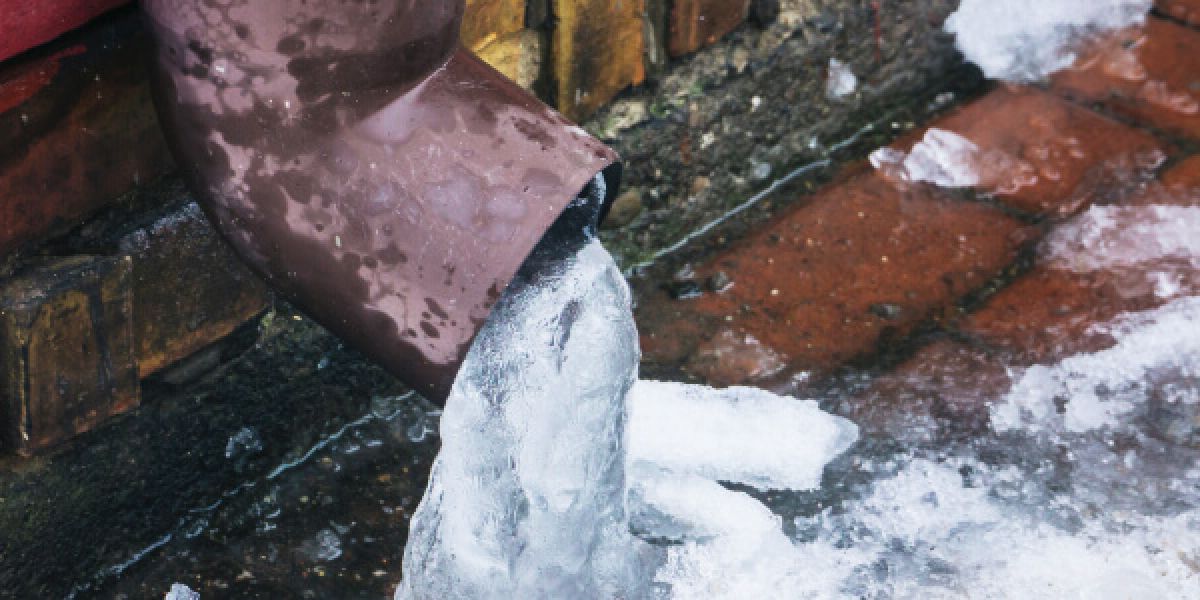How to Defend Your Pipes from Cold Weather: Specialist Advice
How to Defend Your Pipes from Cold Weather: Specialist Advice
Blog Article
The article listed below about Preventing and dealing with frozen pipes is relatively compelling. Read it yourself and see what you think about it.

Cold weather can damage your pipes, especially by freezing pipes. Below's exactly how to stop it from occurring and what to do if it does.
Intro
As temperatures decrease, the risk of frozen pipes rises, potentially leading to expensive fixings and water damage. Recognizing how to avoid icy pipes is essential for home owners in cold climates.
Prevention Tips
Shielding susceptible pipelines
Wrap pipelines in insulation sleeves or use heat tape to safeguard them from freezing temperature levels. Concentrate on pipelines in unheated or exterior locations of the home.
Home heating techniques
Maintain indoor spaces sufficiently heated, particularly locations with pipes. Open up cabinet doors to allow warm air to distribute around pipes under sinks.
How to recognize frozen pipelines
Look for decreased water flow from faucets, unusual smells or noises from pipes, and noticeable frost on exposed pipelines.
Long-Term Solutions
Structural changes
Consider rerouting pipelines far from outside walls or unheated locations. Include extra insulation to attic rooms, cellars, and crawl spaces.
Updating insulation
Purchase high-quality insulation for pipelines, attics, and walls. Proper insulation aids preserve regular temperatures and lowers the threat of icy pipes.
Securing Outside Pipes
Garden tubes and outdoor faucets
Separate and drain yard hoses prior to winter season. Set up frost-proof faucets or cover exterior taps with insulated caps.
Recognizing Icy Pipes
What triggers pipes to freeze?
Pipelines ice up when subjected to temperature levels listed below 32 ° F (0 ° C) for prolonged periods. As water inside the pipes freezes, it increases, taxing the pipe walls and possibly causing them to burst.
Threats and problems
Frozen pipes can lead to water system disruptions, property damages, and pricey repair work. Burst pipes can flooding homes and create considerable structural damages.
Indicators of Frozen Piping
Determining frozen pipes early can stop them from rupturing.
What to Do If Your Pipes Freeze
Immediate actions to take
If you believe frozen pipes, maintain faucets open to soothe stress as the ice melts. Make use of a hairdryer or towels soaked in warm water to thaw pipes gradually.
Final thought
Protecting against frozen pipelines requires aggressive steps and fast responses. By comprehending the reasons, indications, and safety nets, homeowners can safeguard their pipes throughout winter.
5 Ways to Prevent Frozen Pipes
Drain Outdoor Faucets and Disconnect Hoses
First, close the shut-off valve that controls the flow of water in the pipe to your outdoor faucet. Then, head outside to disconnect and drain your hose and open the outdoor faucet to allow the water to completely drain out of the line. Turn off the faucet when done. Finally, head back to the shut-off valve and drain the remaining water inside the pipe into a bucket or container. Additionally, if you have a home irrigation system, you should consider hiring an expert to clear the system of water each year.
Insulate Pipes
One of the best and most cost-effective methods for preventing frozen water pipes is to wrap your pipes with insulation. This is especially important for areas in your home that aren’t exposed to heat, such as an attic. We suggest using foam sleeves, which can typically be found at your local hardware store.
Keep Heat Running at 65
Your pipes are located inside your walls, and the temperature there is much colder than the rest of the house. To prevent your pipes from freezing, The Insurance Information Institute suggests that you keep your home heated to at least 65 degrees, even when traveling. You may want to invest in smart devices that can keep an eye on the temperature in your home while you’re away.
Leave Water Dripping
Moving water — even a small trickle — can prevent ice from forming inside your pipes. When freezing temps are imminent, start a drip of water from all faucets that serve exposed pipes. Leaving a few faucets running will also help relieve pressure inside the pipes and help prevent a rupture if the water inside freezes.
Open Cupboard Doors
Warm your kitchen and bathroom pipes by opening cupboards and vanities. You should also leave your interior doors ajar to help warm air circulate evenly throughout your home.

I recently found that blog posting on Preventing and dealing with frozen pipes when doing a lookup on the search engines. Are you aware of anybody else who is in the market for the topic? Take a moment to promote it. I thank you for reading our article about Helpful Tips to Prevent Frozen Pipes this Winter.
Estimate Free Report this page